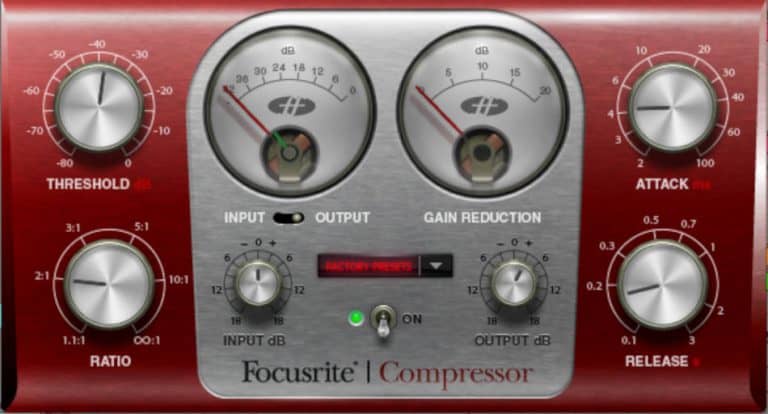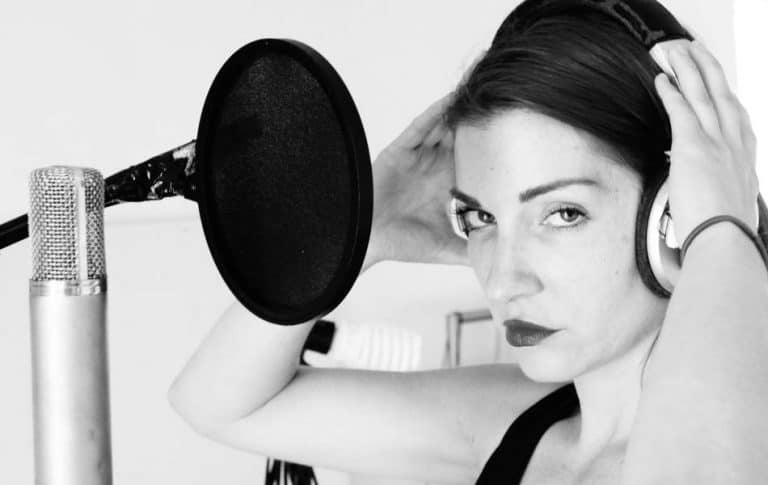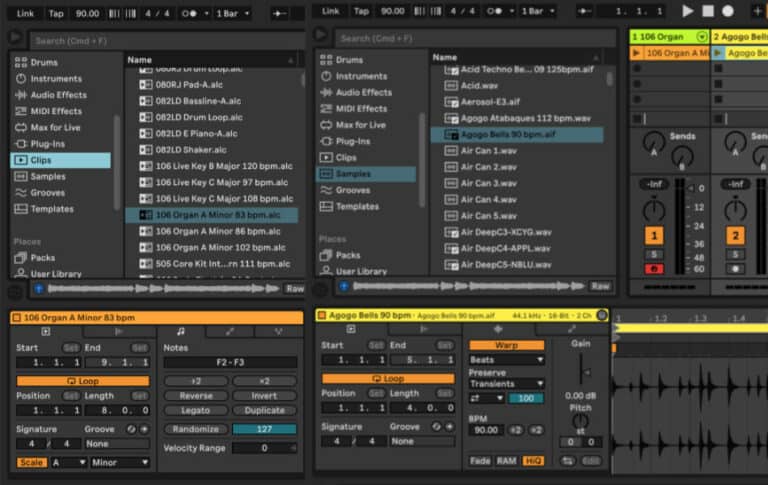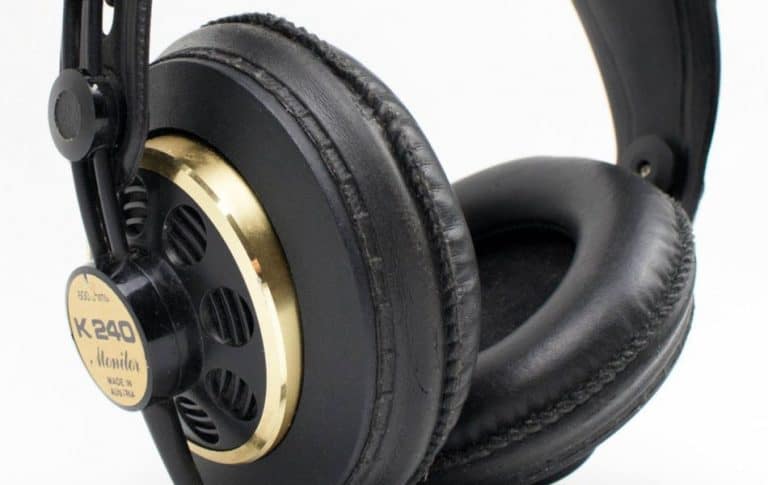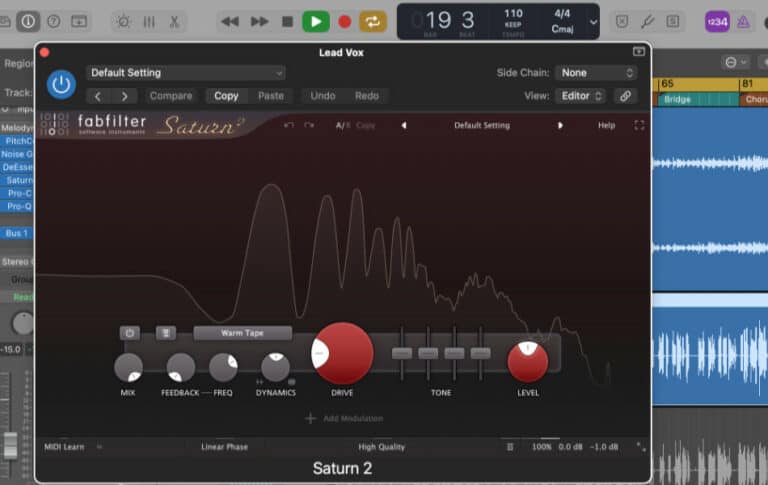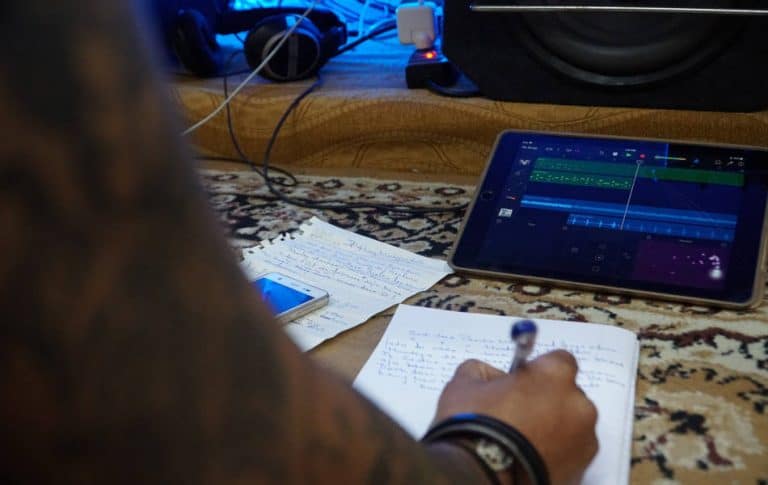Can I Learn Music Production on My Own?
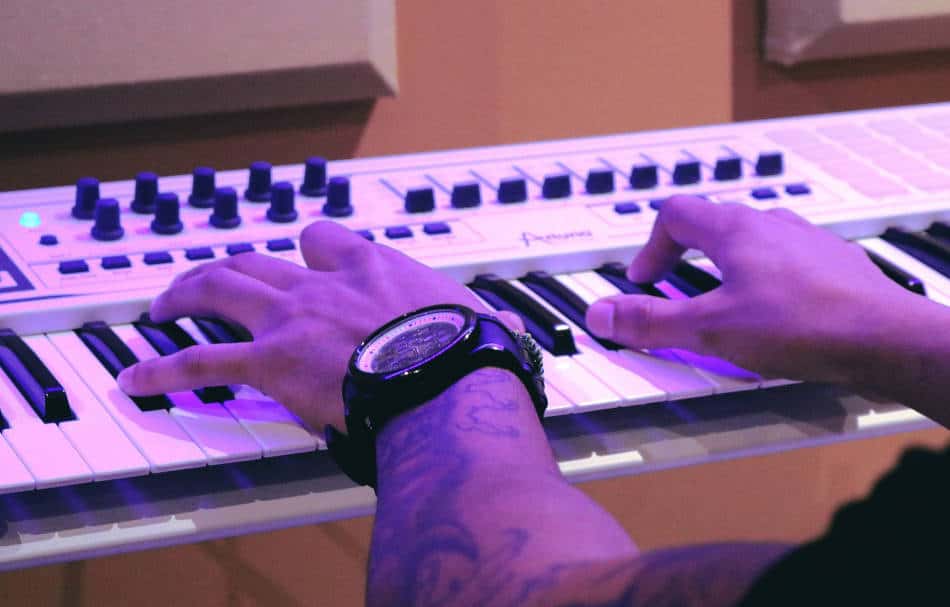
Going back in time a few years, music production was done in (mostly) professional recording studios.
The people doing the production had often been doing it for some time, and would probably have worked their way up from a tape operator, via being an engineer to becoming the producer.
Now it’s possible have studio equipment inside your computer that lets you do more than would have been possible in a professional recording studio of just a few year ago. And it’s you that’s in charge or your home studio.
You may need to do this without the opportunity to work your way up in the recording studio, often without anyone to guide you at all. So, you may be unsure about whether you can learn music production on your own.
You can learn music production on your own, but you need to to find the right resources to help you. You can find a lot of information on writing, recording, mixing and mastering your music, so give it a go.
If your aim is to make experimental music the likes of which people may not have heard before, then developing your own unique way of producing that music will probably be okay.
However, if you want to produce your own music in a particular style, or help others to produce their music, then it’s important to understand the process and the tools and techniques that are used.
The Music Production Process
If you think about the process of producing a piece of recorded music, it can probably be broken down into steps or stages.
Different things may be done at the various stages, and some things may be emphasised more or less, depending on the type of music, but the stages will be more or less the same.
I have given these stages working titles and listed them below:
- Writing
- Recording
- Mixing
- Mastering
Writing Songs or Other Pieces of Music
The way that the writing process works seems to be different in the various styles of music. Whatever type of music you produce, you should try to develop your songwriting skills.
In country music, for example, songs are usually written in advance of the production stage. Demo recordings will have been made by the writers, often very professional recordings, so that the producers can hear how the song should work.
Unlike some other styles of music that we’ll look at in a minute, even though this demo might be very professional it’s still just a demo. No-one will be too worried about the instrumentation or the drum sound, it’s just to let the singer who is recording it hear how it goes and help them decide if they want to record it.
With this style of music you may not be involved in the writing process at all. You will probably be focusing on making the best produced recording of the song that you can. We will have a look at becoming involved in this type of songwriting another time.
In styles of music where “the track” is the important thing, it’s more likely that as a producer you could be involved in “writing” the track. In this case the track that’s written is likely to be a big part of the final production.
Tracks and Top Line Writers
This method of writing has become very popular due to the success of producers like David Guetta. They produce a track and ask “top line writers” to some up with a melody and some lyrics to make it into a song.
The funny thing is that the melody and lyrics used to be what was considered the song, and the “track” was just the backing.
So this track-writing as part of music production is something you can start to do quite easily. You just need to try out different things to find something that sounds good and build on that.
One of the key things to look for is what musicians call a motif. A motif is a short sequence of notes that can be developed into a short musical phrase. Then a series of phrases, with a little variation added, can be developed into a piece of music.
Very little training or education is needed for this. If your ears tell you it works then it works.
Developing this into a production will involve recording audio and electronic instruments, and that’s what we’re going to look at next.
Recording Audio: Vocals and Instruments
The topic here is about learning music production rather than learning to play an instrument to use in that production. However, if you can play an instrument that will really help a lot.
Being able to play keyboard fairly well will help you to enter notes into your recording software more easily. If it’s MIDI that you are recording, rather than audio, you can assign whatever sounds you like to the MIDI notes you input.
It’s worth noting how many successful music producers are also very good musicians. For example, Quincy Jones plays piano and brass instruments, Phil Spector was a really good pianist, Nile Rodgers is a really, really good guitar player (although he plays a lot of keyboard too).
Having some musical expertise can really help when you have to record parts yourself, so working on this (especially keyboard skills) will really help you. This is something that you can definitely learn on your own – it just takes some persistence.
To learn the keyboard there are a number of books for learning the piano aimed at adults, and you will be able to learn how to read music and other things like musical dynamics.
It’s surprising how many people think the guitar is somehow different, and it’s either not possible to learn to read guitar music, or that it’s not a good idea (because it stifles creativity, or some other nonsense).
You often hear people say, “Hendrix couldn’t read music”, “Clapton couldn’t read music”, or “ADD-ANY-VIRTUOSO-GUITARIST couldn’t read music”. They are, or were, great guitar players despite not reading music, not because of it.
To learn guitar I would recommend A Modern Method for Guitar by William Leavitt. It was written in the 1960s, so it’s not that modern, but the three volumes will have you reading music and playing guitar properly, which will help with your productions.
Also, if you are able to play a lot of the pieces in a production yourself then people with a music production project are more likely to come to you. Thinks about all the people Nile Rodgers has worked with.
What About Recording the Instruments?
This is the part of the music production process that I initially found the most challenging.
When I was recording audio from vocals or instruments I never liked the sound that was captured by the music production software. The reason I didn’t like it was because it didn’t sound like professional recordings that I had heard.
What I didn’t realise was that all I really needed to do was get a vocal or instrument recording that was loud and clear (no interference, background noise, etc). Then I could apply all sorts of effects, some of which were quite subtle, to get a sound that I liked.
You can find out what types of effect to apply by reading interviews with producers. They talk about adding a little EQ (equalization) to boost or cut various frequencies, or some reverb, or some compression, or some delay, or whatever.
The important thing is to have some audio recorded, e.g., keyboards, guitars, vocals, even drums, so that you can try out these techniques to see what effect they have.
Even the free version of Pro Tools, GarageBand, or the most basic versions of production software like Cubase or Ableton Live will have enough effects available to get good results. You can read about why Ableton Live could be a good choice of DAW for beginners in this article.
Recording MIDI Software Instruments
It can be a lot easier to get a good sound with software instruments that are available inside your music production software. Also, since it’s fairly easy for people to make screen-capture videos showing how to use the instruments you can find a lot of good information for free on YouTube. You can also find some fairly inexpensive courses of instruction on Udemy too.
Produce Music Using Samples
As you probably know, a lot of modern music is made using audio samples. These audio samples can be single drum hits, single musical tones or audio loops made up of anything from a couple of repeated drum hits or notes to an entire song section or vocal acapella.
A trap I often fall into with audio samples is trying to use too much of the sample since it already sounds so good. Professional producers often just use a tiny part of a sample, maybe repeated throughout the track.
Knowing which parts of the sample to use and how to use them is part of the learning process in music production.
You can record the audio yourself if you like, or you can find pre-recorded samples from a variety of sources such as Loopmasters, and you can learn more about what they offer by following this link.
As you build up your collection of audio samples you will need to think about how to store them since they can fill up your hard disk space quite quickly. You might want to read more about storing your audio samples on an external hard drive.
Mixing Your Tracks
The first thing that amazed me when I started to learn about mixing music was how many effects are used by professional mix engineers.
Some of the tracks have a number of “insert” effects where the sounds of the individual tracks go through them on the way to the output. Other tracks have “send” effects which are effects that can be shared by some or all of the tracks in the mix.
There are a number of videos available, both free and paid for, that will show you how this is done. However, I have found that the best way to learn how to mix is to actually do it.
You could record some tracks yourself and have a go at mixing them together until they sound good. This where vocals that are in tune and guitar and keyboard playing that is in time will really help you (please see above).
The starting point for professional mix engineers is tracks comprising vocals and instruments that have been recorded professionally. It would probably be helpful if you could have something like this as a starting point when you are learning how to mix.
Fortunately there are some books and online resources that will provide you with individual tracks, or “stems” as they are often called, for you to use when learning how to mix.
The best one I have come across is called Mixing the Hits of Country by Dave Martin. Even if you don’t like country music this is a great book for learning about recording and mixing.
You are supplied with the multitrack sessions (or stems) for a number of hit songs, which you can load up in your music production software, as if you had recorded each one yourself.
There is detailed information on how each vocal and instrument was recorded, which helps you with the recording stage discussed above. Then you have detailed instructions about which effects to use and how to set them up to get the final sound.
You are supplied with a reference track with finished productions provided by the author of the book, so you can compare this with your results.
Mastering Your Productions
The final stage in the production process is mastering. Of all the aspects of music production, this is the one that always appears quite mysterious.
Mastering seems to be something that even professional producers don’t attempt themselves, at least for recordings that they intend to release commercially.
So what does mastering involve that makes it so difficult?
Something that seems to make professional mastering difficult is the expensive equipment that is required to do it. Music production software offers some limited facilities for this, so you might want to learn what’s involved.
You can get all-in-one software mastering suites that are quite visual, so you can see what is happening as you make adjustments as well as hearing it.
There are some good online mastering resources, including some fairly inexpensive courses on Udemy.
It’s worth having a go at mastering your productions yourself – please see our article about DIY mastering. It’s only at this stage, with the addition of more loudness and the use of “audio exciters” that your music is likely to really start sounding like music that has been professionally produced.
